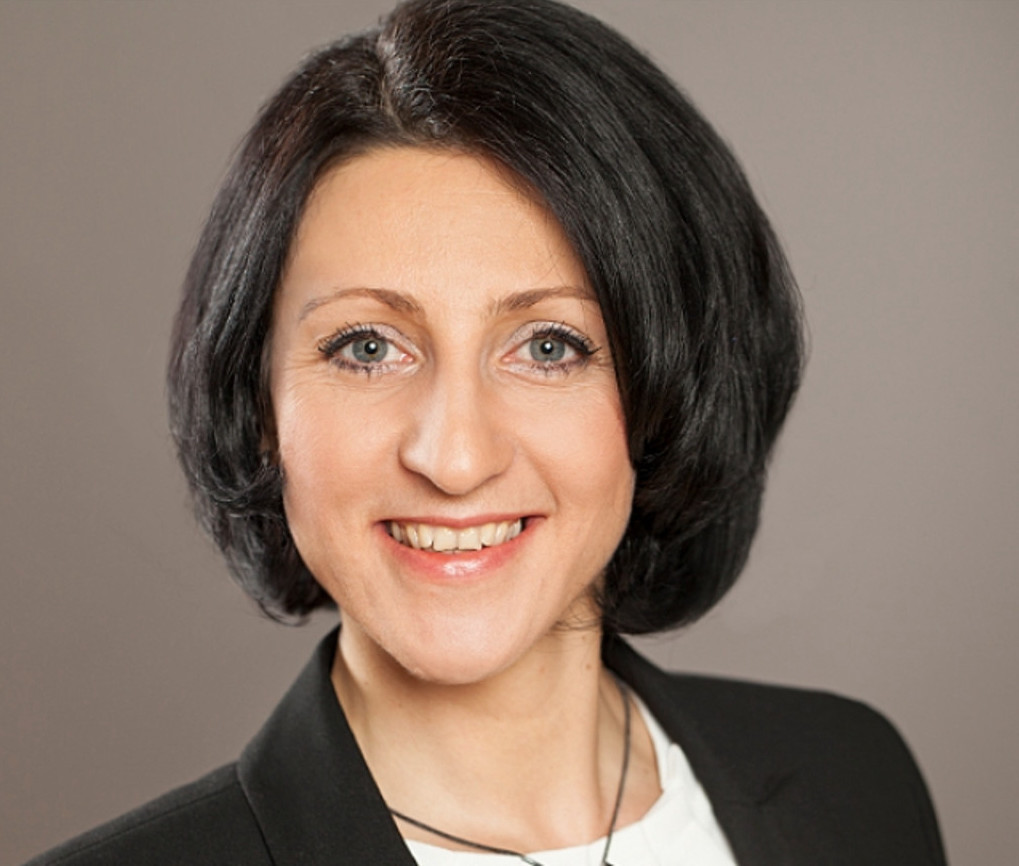How can wearables, such as smart glasses, smart watches, smart objects, smart earbuds, and smart garments, support learning? This question captured my interest in early 2010. In 2014, I started my first research project with wearables for learning, in which we developed an online course with data captured with wearable fitness trackers integrated in a learning platform. In 2014 I initiated the Wearable Enhanced Learning Special Interest Group (SIG WELL) at the European Association for Technology Enhanced Learning (EATEL) and since that time I have been working with distinguished researchers in this emerging field of Technology Enhanced Learning (TEL), especially with my co-chairs of the SIG WELL – Ralf Klamma, Fridolin Wild and Mikhail Forminykh. Our SIG WELL activities include the organisation of an annual workshop at the European Conference on Technology-Enhanced Learning (EC-TEL) organised by EATEL.
Last year we published the proceedings from our 5th annual workshop on Wearable Enhanced Learning for Sustainable Development (WELL4SD), which took place at the 15th European Conference on Technology-Enhanced Learning 2020 in Heidelberg, Germany. The goal of the workshop was to explore how wearables can help achieve Sustainable Development Goals (SDGs) as defined by the United Nations, in the field of education, for example, contributing to securing quality education during the COVID-19 pandemic (UN SDG #3 and #4), providing learning and training for resilient infrastructure (UN SDG #9), or supporting knowledge exchange connected with the circular economy (UN SDG #12).
The workshop was based on the insights from our Springer book titled “Perspectives on Wearable Enhanced Learning (WELL). Current Trends, Research, and Practice”, which was edited by the chairs of SIG WELL. The WELL4SD workshop addressed a number of critical issues related to current quality, equity and ethical issues which were identified by the authors of the book chapters. What I found really valuable was the discussion we had about the potentials and risks of WELL in view of SDG. Since wearable technologies are oftentimes applied in the field of health, we asked workshop participants to reflect on and address potentials and risks of WELL for individual and collective well-being. The researchers explored a number of aspects based on their own projects. One group of researchers explored how university students perceive the use of wearable augmented reality (AR) technology (AR glasses and applications) in STEM fields in higher education and how combining AR and gamification can enhance an immersive and engaging educational experience. Another group of researchers explored how the use of wearable sensors and AR glasses can promote health and well-being of elderly people based on research in the field of geriatric medicine. Another group of researchers explored how wearable smartwatches with mobile apps, such as apps for sleep, meditation and relaxation, can be used to support vocabulary learning in a foreign language especially for students with lower cognitive abilities. The researchers discussed the availability and accessibility of wearable technologies for learners from diverse backgrounds. Some wearables, such as smartwatches, are not affordable for all learners, which raises questions about equity and calls for new solutions. My key takeaway from the exploration of the critical aspects related to availability, design and deployment of wearables for learning for diverse groups of learners such as elderly users and learners with lower cognitive skills, is that we should explore new solutions such as Do-It-Yourself wearables, which we may address in our upcoming SIG WELL workshop in 2022.

Author
Dr. Ilona Buchem is Professor of Media and Communication at Beuth University of Applied Sciences Berlin, Faculty of Economics and Social Sciences, Germany














